The Real-Time Location Systems for Healthcare Market size is expected to reach US$ 10.66 billion by 2031 from US$ 3.27 billion in 2024. The market is anticipated to register a CAGR of 18.6% during 2025–2031.
Real-Time Location Systems for Healthcare Market Analysis
The adoption of real-time location systems in healthcare is rising owing to demand for greater visibility of assets, improved patient safety, and enhanced workflow processes. Within healthcare organizations, the RTLS tracks equipment (e.g., surgical tools), staff, and patients, important considerations as healthcare organizations aim to reduce costs and improve patient care. Other factors driving adoption are technological advancement, especially with the rise of IoT, artificial intelligence, and other technologies.
Real-Time Location Systems for Healthcare Market Overview
RTLS includes technologies and systems that enable continuous, automatic tracking of people, assets, and environmental conditions in medical or health-related settings (hospitals, outpatient clinics, laboratories, eldercare facilities, etc.). The market growth is driven by growing demand for efficient patient care, the need to reduce healthcare costs, and the rising focus on patient and staff safety.
Customize This Report To Suit Your Requirement
You will get customization on any report - free of charge - including parts of this report, or country-level analysis, Excel Data pack, as well as avail great offers and discounts for start-ups & universities
Real-Time Location Systems for Healthcare Market: Strategic Insights
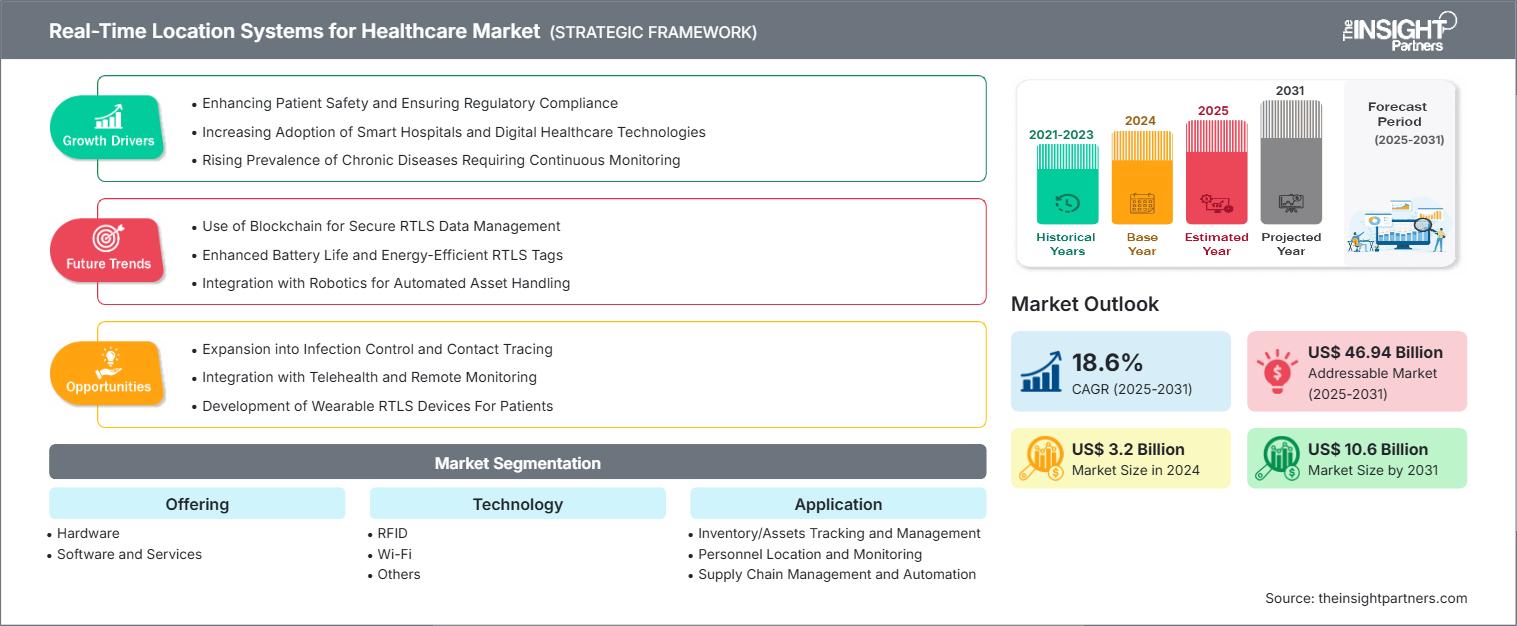
-
Get Top Key Market Trends of this report.This FREE sample will include data analysis, ranging from market trends to estimates and forecasts.
Real-Time Location Systems for Healthcare Market Drivers and Opportunities
Market Drivers:
- Enhancing Patient Safety and Ensuring Regulatory Compliance: Real-time location systems employ wireless sensors and tracking systems. They allow health care organizations to track the real-time location of patients, staff, and equipment to improve operational efficiency and safety standards. RTLS compliance enables organizations to track the real-time location and status (including darkness) of medical equipment, medications, and personnel.
- Increasing Adoption of Smart Hospitals and Digital Healthcare Technologies: Adopting smart hospitals and digital healthcare technologies transforms patient care, operational efficiency, and asset management in healthcare facilities. Smart hospitals leverage Internet of Things (IoT) technologies to track staff, patients, devices, and equipment in real time, both within and beyond hospital premises.
- Growing Need for Asset Tracking Business sectors such as healthcare require visibility of assets. RTLS reduces asset loss, improves asset utilization, and reduces downtime by providing accurate location data.
- Rising Demand for Workflow Optimization RTLS assists organizations in optimizing their workflows by tracking the movement of personnel and equipment. Having real-time visibility allows for the elimination of bottlenecks, a reduction in return time, and increased productivity. For organizations improving lean systems, RTLS can be a key component.
Market Opportunities:
- Expansion into Infection Control and Contact Tracing: RTLS improves operational efficiencies and enhances patient safety, but its application in infection prevention may change how we provide healthcare. Hospitals can utilize RTLS technology, combined with infection control measures, to identify potential locations for contamination, identify exposure events, and manage quarantine efforts with remarkable speed.
- Use in Elderly and Long-Term Care Facilities The aging population increases the need for safer nursing homes and assisted living environments. RTLS can track patient movement, mitigate falls, and notify staff in real-time, providing valuable solutions for managing elderly care.
- Increased Focus on Infection Control Post-pandemic healthcare prioritizes infection control. This technology is used to track interactions and movement in support of contact tracing, cleaning of rooms, and social distancing compliance, making it an emerging model for managing infectious cases in an outbreak.
- Customizable and Scalable Solutions RTLS systems are increasingly designed to be modular and more flexible, allowing providers to start small and grow as they become familiar with the technology. This flexibility makes implementation more likely for small hospitals and clinics, expanding the base of potential customers.
Real-Time Location Systems for Healthcare Market Report Segmentation Analysis
The real-time location systems for healthcare market is categorized into distinct segments to understand its structure, growth prospects, and emerging trends. Below is the standard segmentation approach used in industry reports:
By Offering:
- Hardware: The hardware segment comprises fundamental physical elements such as tags, badges, beacons, readers, sensors, and gateways. These elements constitute the infrastructure facilitating real-time asset, staff, and patient tracking inside healthcare facilities.
- Software and Services: This segment consists of software platforms to deliver data visualization, analytics, and system integration, as well as services such as installation, consulting, maintenance, and training, with more healthcare facilities embracing RTLS to track assets, employees, and patients in real-time.
By Technology:
- RFID: Radio Frequency Identification (RFID) technology is a cornerstone of RTLS in healthcare, offering accurate and cost-effective tracking of assets, staff, and patients.
- Wi-Fi: Wi-Fi RTLS uses wireless infrastructure in healthcare environments to locate and monitor assets, staff, and patients in real-time.
- Others: The "Others" segment comprises new and hybrid solutions such as Infrared (IR), Ultrasound, Bluetooth Low Energy (BLE), and Ultra-Wideband (UWB), each with its own advantages based on application and level of precision required..
By Application:
- Inventory/Assets Tracking and Management
- Personnel Location and Monitoring
- Supply Chain Management and Automation
- Others
By Facility Type:
- Hospital and Healthcare
- Facilities Senior Living Facilities
By Geography:
- North America
- Europe
- Asia Pacific
- South & Central America
- Middle East & Africa
The regional trends and factors influencing the Real-Time Location Systems for Healthcare Market throughout the forecast period have been thoroughly explained by the analysts at The Insight Partners. This section also discusses Real-Time Location Systems for Healthcare Market segments and geography across North America, Europe, Asia Pacific, Middle East and Africa, and South and Central America.
Real-Time Location Systems for Healthcare Market Report Scope
| Report Attribute | Details |
|---|---|
| Market size in 2024 | US$ 3.2 Billion |
| Market Size by 2031 | US$ 10.6 Billion |
| Global CAGR (2025 - 2031) | 18.6% |
| Historical Data | 2021-2023 |
| Forecast period | 2025-2031 |
| Segments Covered |
By Offering
|
| Regions and Countries Covered |
North America
|
| Market leaders and key company profiles |
|
Real-Time Location Systems for Healthcare Market Players Density: Understanding Its Impact on Business Dynamics
The Real-Time Location Systems for Healthcare Market is growing rapidly, driven by increasing end-user demand due to factors such as evolving consumer preferences, technological advancements, and greater awareness of the product's benefits. As demand rises, businesses are expanding their offerings, innovating to meet consumer needs, and capitalizing on emerging trends, which further fuels market growth.
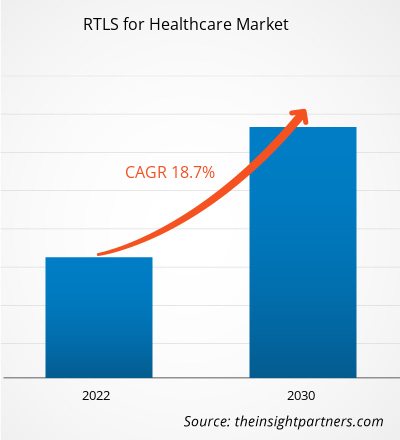
- Get the Real-Time Location Systems for Healthcare Market top key players overview
Real-Time Location Systems for Healthcare Market Share Analysis by Geography
The real-time location systems for healthcare market in the Asia Pacific is witnessing the fastest growth due to rising healthcare investments, technological advancements, and increasing demand for efficient patient care, asset tracking, and hospital workflow optimization across emerging economies. Emerging markets in South & Central America, the Middle East & Africa have untapped opportunities for real-time location systems for healthcare providers to expand.
The real-time location systems for healthcare market growth differs in each region due to varying healthcare infrastructure, technology adoption, and investment levels. Below is a summary of market share and trends by region:
1. North America
- Market Share: Holds a significant portion of the global market
-
Key Drivers:
- Advanced healthcare infrastructure
- Advanced healthcare infrastructure in North America supports RTLS adoption by enabling integration with existing digital systems, improving patient care, asset management, and operational efficiency across healthcare facilities.
- High adoption of telehealth and wearable tech
- Strong government and insurance support for digital health.
- Trends: Shift toward value-based care and integrated remote monitoring systems.
2. Europe
- Market Share: Substantial share owing to early, stringent EU regulations
-
Key Drivers:
- Emphasis on patient safety and hospital efficiency
- The strong focus on patient safety and hospital efficiency drives RTLS adoption, enabling real-time monitoring, reducing errors, enhancing workflow, and ensuring better resource utilization within healthcare facilities.
- Regulatory support for smart healthcare solutions
- An aging population is driving the need for better patient monitoring and asset tracking.
- Trends: Expansion of smart hospitals and integration of RTLS with EHR systems.
3. Asia Pacific
- Market Share: Fastest-growing region with dominant market share
-
Key Drivers:
- Rapid expansion of healthcare infrastructure
- The rapid expansion of healthcare infrastructure is increasing demand for efficient asset tracking, patient monitoring, and workflow optimization in newly built facilities.
- Government investment in digital health initiatives
- Rising awareness of patient safety and hospital workflow optimization
- Trends: Adoption of cost-effective RTLS solutions using Bluetooth and Wi-Fi.
4. Middle East and Africa
- Market Share: Although small, it is growing quickly
-
Key Drivers:
- National digital health strategies (e.g., Saudi Vision 2030)
- National digital health strategies such as Saudi Vision 2030 mandate digital transformation, creating unified EHRs, secure health information systems, and workflow automation
- Growth of the private healthcare sector
- Trends: Gradual adoption of RTLS in high-end private hospitals and government-backed facilities.
5. South & Central America
- Market Share: Growing Market with steady progress
-
Key Drivers:
- Urban hospital upgrades and infrastructure development
- Urban hospital upgrades and infrastructure development in South & Central America drive RTLS growth by modernizing facilities, fueling demand for real‑time tracking of assets, staff, and patients to enhance care.
- Rising healthcare digitization in Brazil and Mexico
- Increased interest from private healthcare providers.
- Trends: Pilot projects and small-scale RTLS deployments focused on asset tracking and staff efficiency.
Real-Time Location Systems for Healthcare Market Players Density: Understanding Its Impact on Business Dynamics
High Market Density and Competition
Competition is intense due to the presence of major global players such as Zebra Technologies Corp (US), AiRISTA Flow Inc (US), Kontakt Micro-Location Sp. Z.o.o (Poland), Impinj Inc (US), GE HealthCare Technologies Inc (US), Advantech Co Ltd (Taiwan), Siemens AG (Germany), Qorvo Inc (US), CenTrak (US), and Sonitor Technologies AS (Norway).
This high level of competition urges companies to stand out by offering:
- Innovative and reliable RTLS solutions
- Integration with existing healthcare IT systems
- Advanced features such as real-time asset tracking and patient monitoring
- Strong data security and compliance with healthcare regulations
- Scalable and customizable platforms to meet diverse healthcare needs.
Opportunities and Strategic Moves
- AI & Data Analytics Integration: Leveraging AI for predictive health insights and personalized care plans
- Enhanced Patient Safety: Using RTLS to monitor patient movements, reduce medical errors, and prevent infections through real-time alerts
Other companies analyzed during the course of research:
- Stanley Healthcare
- Sonalake Ltd
- TeleTracking Technologies, Inc.
- Versus Technology, Inc.
- Ekahau, Inc.
- Ubisense Group plc
- AeroScout
- Stanley Black & Decker, Inc.
- Stanley Healthcare Solutions
- Ascom Holding AG
- CenTrak
- Quuppa
- Contact Tracing Solutions
- RTLS Solutions, Inc.
- Aire RFID
Real-Time Location Systems for Healthcare Market News and Recent Developments
- AiRISTA to announce the introduction of Sofia 7.2, a next-generation RTLS platform, June 2024 - AiRISTA announced the introduction of Sofia 7.2, a next-generation RTLS platform ready for an AI-capable IoT world. RTLS vendors can provide track-and-trace capabilities to help locate resources in the moment. AiRISTA’s Sofia RTLS platform goes beyond to facilitate the workflows at the heart of smoothly running operations. With the release of Sofia 7.2, AiRISTA extends workflow flexibility and integration capabilities.
- Kontakt.io announced a major expansion of its Staff Safe workplace violence prevention solution, July 2025 - Kontakt.io announced a major expansion of its Staff Safe workplace violence prevention solution to include full outdoor coverage. With this advancement, hospitals can now provide comprehensive staff protection beyond the indoors and throughout their campuses — including parking lots, garages, drop-off zones, and walking paths — using a single, integrated RTLS platform.
Real-Time Location Systems for Healthcare Market Report Coverage and Deliverables
The "Real-Time Location Systems for Healthcare Market Size and Forecast (2021–2031)" report provides a detailed analysis of the market covering below areas:
- Real-time Location Systems Market For Healthcare size and forecast at global, regional, and country levels for all the key market segments covered under the scope
- Real-time Location Systems Market For Healthcare trends, as well as market dynamics such as drivers, restraints, and key opportunities
- Detailed PEST and SWOT analysis
- Real-time Location Systems Market For Healthcare analysis covering key market trends, global and regional framework, major players, regulations, and recent market developments
- Industry landscape and competition analysis covering market concentration, heat map analysis, prominent players, and recent developments for the real-time location systems for healthcare market
- Detailed company profiles
Frequently Asked Questions
What are the key drivers of growth in the real-time location systems for healthcare market?
What is the current size of the global real-time location systems for healthcare market?
Which application is gaining traction in the real-time location systems for healthcare market?
What regions show the fastest growth in the real-time location systems for healthcare market?
How are advancements in AI and ML influencing real-time location systems for healthcare?
What are the emerging trends in the real-time location systems for the healthcare industry?
What are the leading companies in the real-time location systems for healthcare market?
What are the challenges faced by the real-time location systems for healthcare market?
- Historical Analysis (2 Years), Base Year, Forecast (7 Years) with CAGR
- PEST and SWOT Analysis
- Market Size Value / Volume - Global, Regional, Country
- Industry and Competitive Landscape
- Excel Dataset
Recent Reports
Related Reports
Testimonials
Reason to Buy
- Informed Decision-Making
- Understanding Market Dynamics
- Competitive Analysis
- Identifying Emerging Markets
- Customer Insights
- Market Forecasts
- Risk Mitigation
- Boosting Operational Efficiency
- Strategic Planning
- Investment Justification
- Tracking Industry Innovations
- Aligning with Regulatory Trends












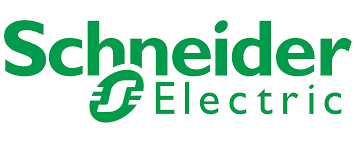


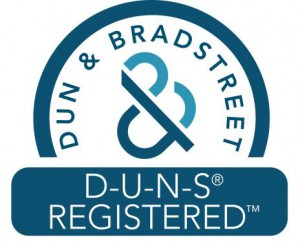
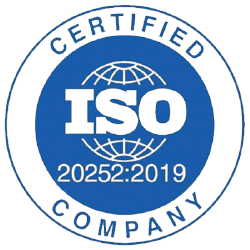
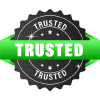



 Get Free Sample For
Get Free Sample For